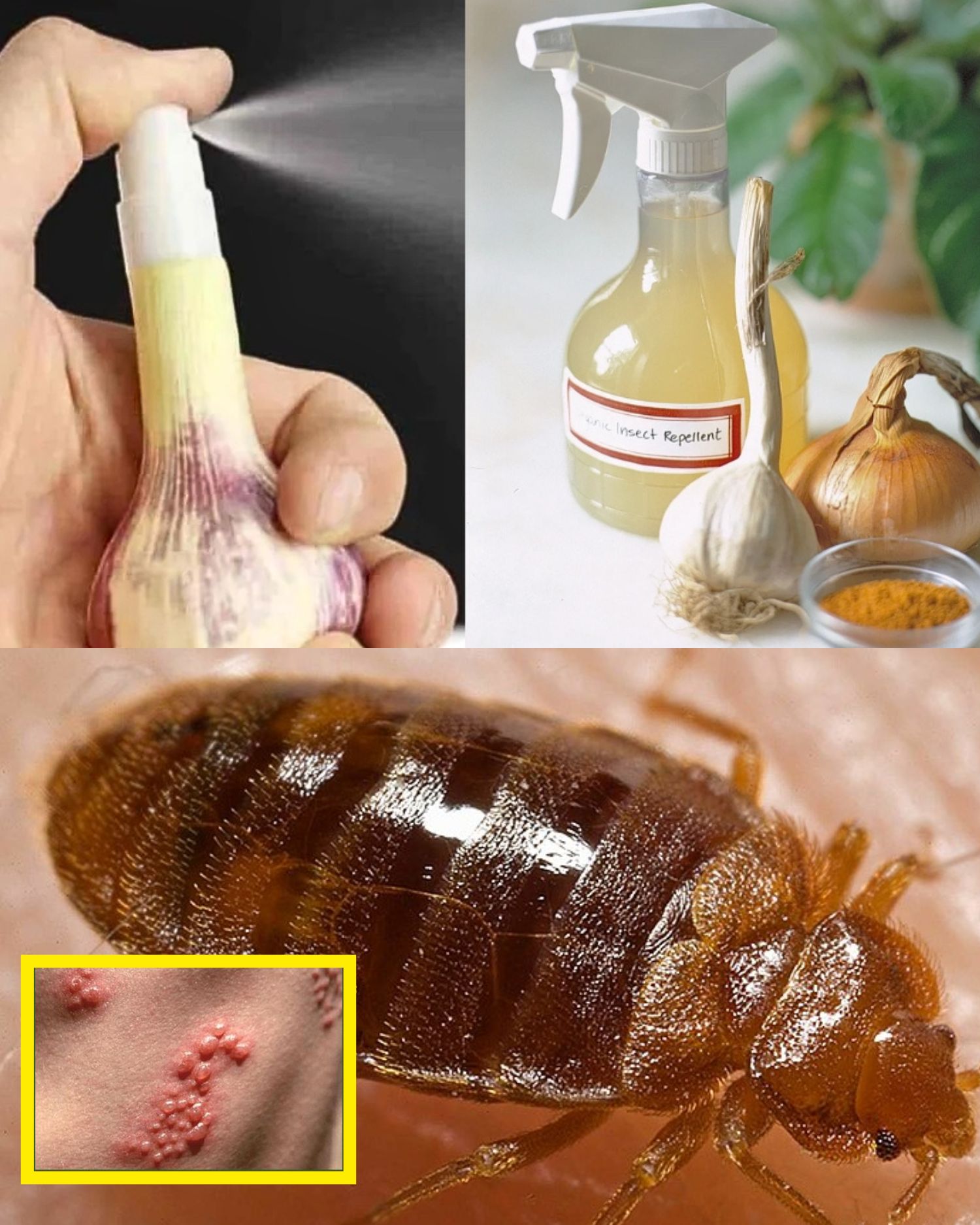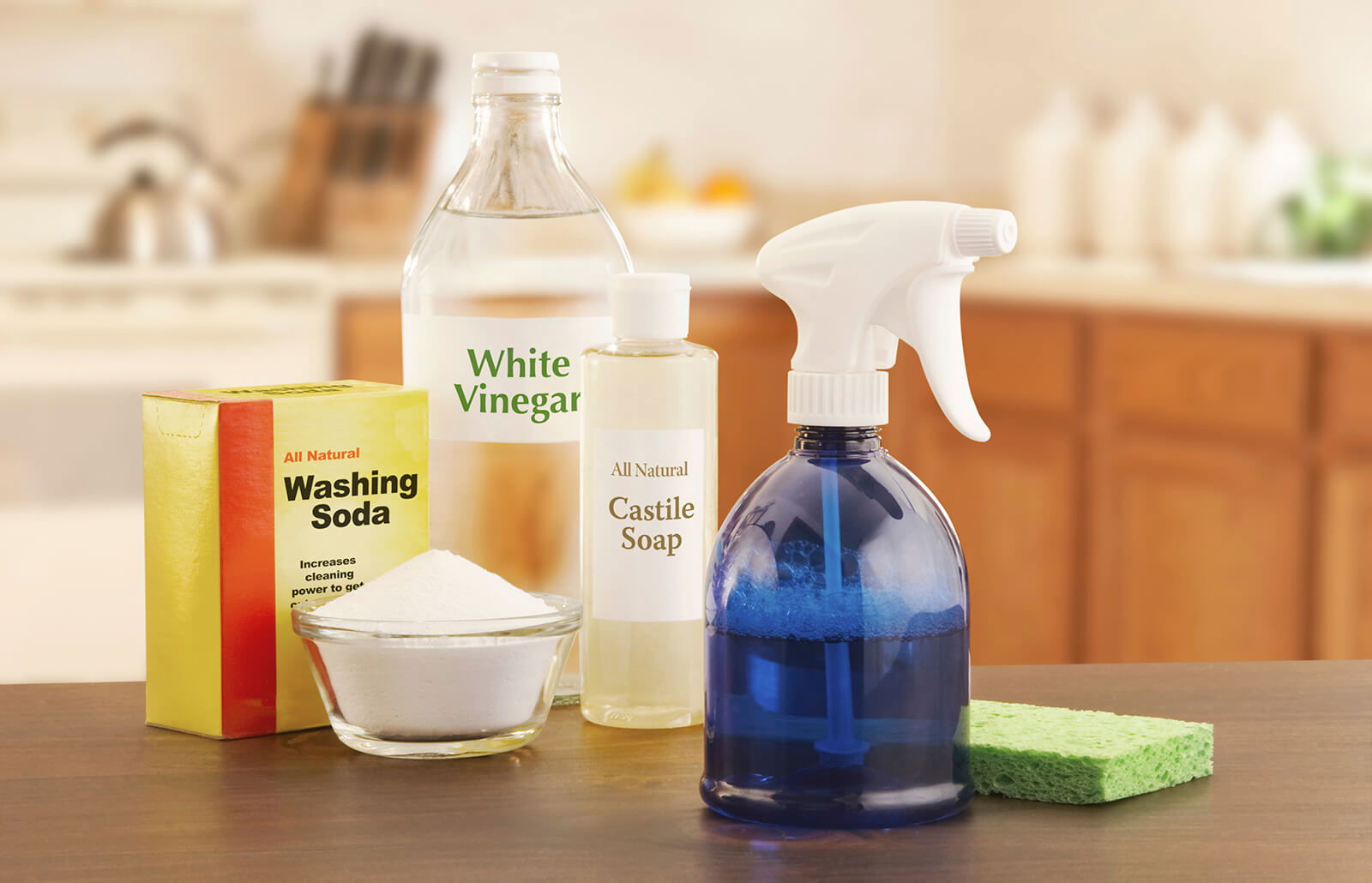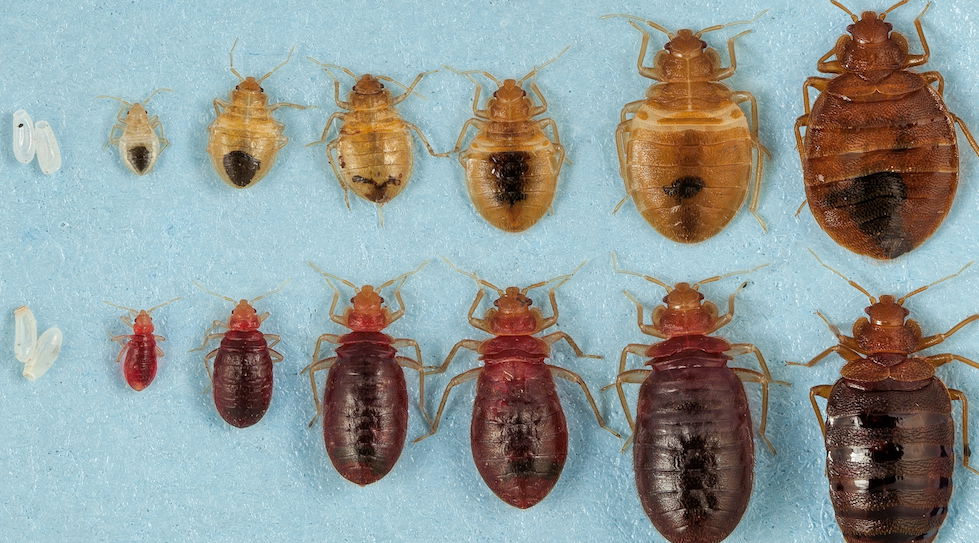
Bed bugs are more than just a nag—they rattle sleep, cause irritation. Instead of using harsh chemicals, why not try effective, natural methods to get rid of these unwanted guests permanently?
Why Do Bed Bugs Invade Your Home?
Bed bugs often tether a ride on clothing, furniture, or luggage. They live in warm, cozy spaces, making your bedroom and living areas the perfect hiding spots. If your location is near parks, gardens, or rural areas, these pests may look for their way inside through open windows, doors, or even damp laundry left outside.
How to Detect Bed Bugs Early
If you catch an infestation early, you can save a lot of trouble. Here’s what to find:
- Tiny reddish-brown bugs on your bed, curtains, or furniture.
- Small black spots (bed bug feces) on sheets, mattresses, or walls.
- A musty odor in affected areas.
- Bite marks on exposed skin, typically appearing in clusters.
- Check your curtains, bedding, and even ceiling fixtures for signs of these pests.
Proven Home Remedies to Remove Bed Bugs
1. Crucial Oils as a Natural Repellent
Bed bugs loathe strong scents, making essential oils an excellent deterrent. Try these simple solutions:
- Blend 10 drops of tea tree oil, lavender oil, or peppermint oil with water in a spray bottle and mizzle your bedding, furniture, and curtains.
- Add a few drops of essential oil to your laundry detergent to keep bed bugs away from your clothes and linens.
2. Baking Soda and Diatomaceous Earth: Natural Removers
- Both baking soda and diatomaceous earth are famous for their ability to dehydrate and get rid of bed bugs on contact.
- Dust baking soda around your mattress, bed frame, and along baseboards. Leave it for a few hours before vacuuming.
- Use food-grade diatomaceous earth in areas where bed bugs hide. This natural powder dries out them without harming humans or pets.
3. Vinegar and Alcohol Spray for Instant Impact

- Combine equal parts of white vinegar and water in a spray bottle and apply directly to bed bug hiding spots.
- Massaging isopropyl alcohol (70%) removes bed bugs on contact. Spray affected areas, but ensure proper ventilation when using alcohol.
4. Heat Treatment: The Ultimate Solution
- Bed bugs cannot live extreme heat.
- Clean all bedding, clothes, and fabrics in hot water (at least 120°F/49°C) and dry them on high heat.
- Use a steam cleaner for bed frames, furniture, and carpeted areas.
- If possible, put infested items in a black plastic bag and leave them in direct sunlight for several hours to get rid of the pests.
Preventing Future Infestations

- Declutter your home: Bed bugs love hiding in clutter, so mantain your living space tidy.
- Use mattress encasements: Special covers can ambush and prevent bed bugs from reaching your mattress.
- Inspect second-hand furniture: Before bringing used furniture inside, examine any signs of infestation.
- Seal cracks and crevices: Use caulk to close gaps around baseboards, walls, and furniture where bed bugs could hide.
Final Thoughts
You don’t need harsh chemicals to remove bed bugs. With a mixture of natural repellents, targeted treatments, and preventative measures, you can keep a bug-free home.


















